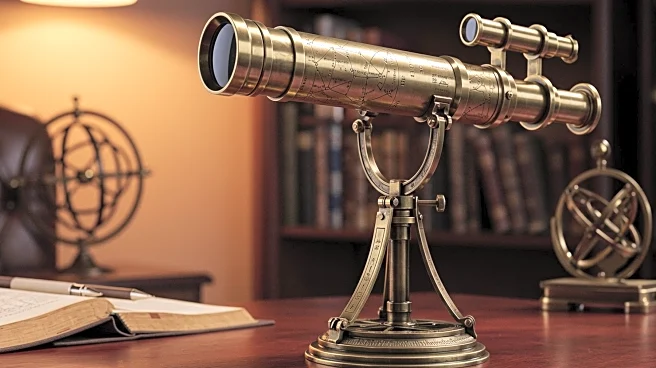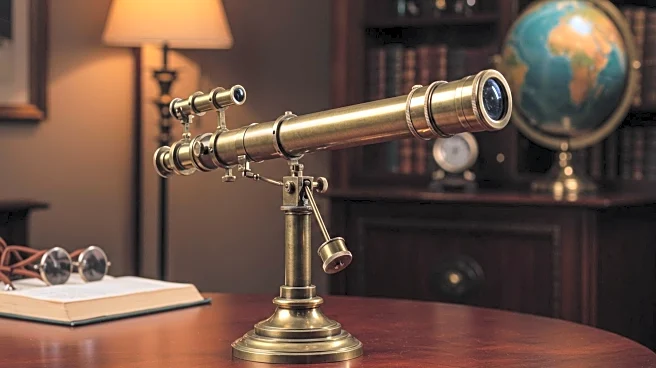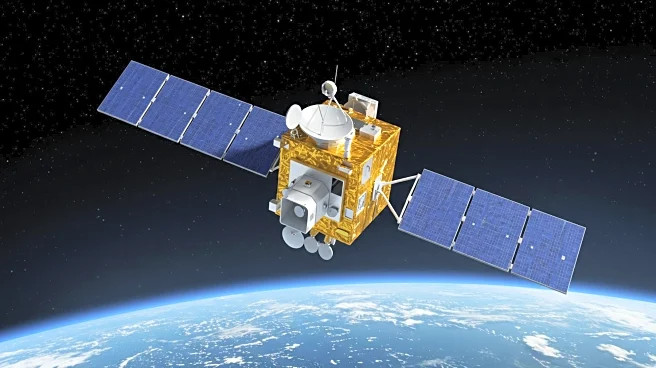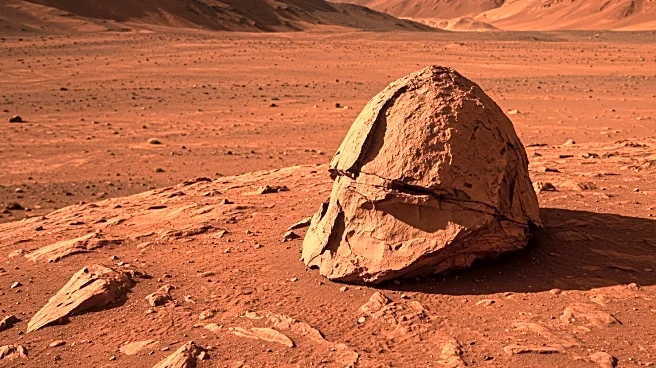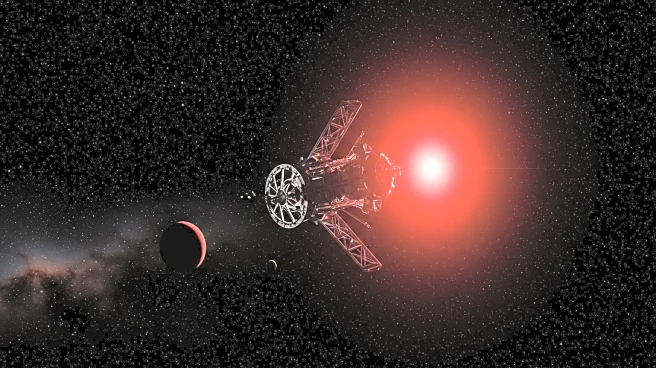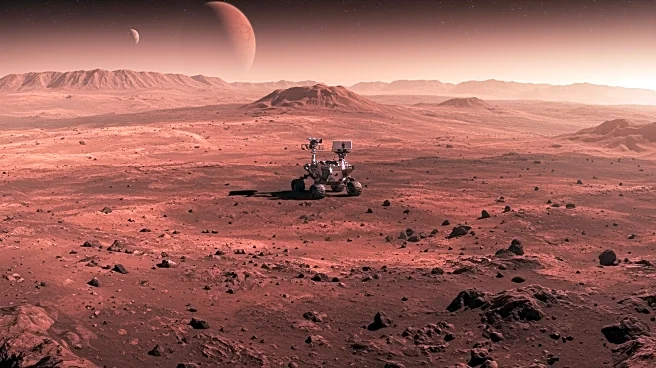What is the story about?
What's Happening?
Researchers from Harvard University, along with other scientific institutions, have developed a novel device inspired by 19th-century technology to study the mesosphere, a largely unexplored layer of Earth's atmosphere. This layer, located between 60-85 km above the Earth's surface, is difficult to study due to its inaccessibility by both satellites and weather balloons. The new device is a small disc made of ceramic aluminum oxide with chromium, which levitates using the photophoretic effect—movement induced by light. When sunlight heats the disc, a pressure difference is created, allowing it to float. This concept, originally demonstrated by physicist William Crookes in 1873 with a radiometer, has been modernized using nanotechnology to create discs half the size of a coin. These discs have been successfully tested in low-pressure chambers simulating mesosphere conditions, and researchers are now working on equipping them with sensors to measure atmospheric parameters.
Why It's Important?
The development of this device represents a significant advancement in atmospheric science, offering a new method to gather data from the mesosphere, which has been challenging to study due to its location. Understanding this layer is crucial for meteorology and telecommunications, as it can impact weather patterns and signal transmission. Additionally, the technology has potential applications beyond Earth, such as exploring the thin atmosphere of Mars, which could provide valuable insights for future space missions. The ability to deploy swarms of these devices could revolutionize data collection in atmospheric and space research, offering a cost-effective and efficient solution to study hard-to-reach areas.
What's Next?
Researchers plan to enhance these devices with sensors to collect comprehensive data on temperature, pressure, and other atmospheric conditions. The goal is to deploy swarms of these discs to gather extensive data on weather and space phenomena. This could lead to breakthroughs in understanding atmospheric processes and improve predictive models for weather and climate. The technology's potential application on Mars also opens new avenues for planetary exploration, which could be pivotal for future missions aimed at understanding the Martian environment.
Beyond the Headlines
This development highlights the innovative use of historical scientific concepts, such as photophoresis, in modern research. It underscores the importance of interdisciplinary approaches, combining historical knowledge with cutting-edge nanotechnology, to solve contemporary scientific challenges. The project also raises questions about the potential for similar technologies to be adapted for other unexplored regions of the atmosphere or even other planets, suggesting a broader impact on the field of atmospheric and space sciences.
AI Generated Content
Do you find this article useful?
